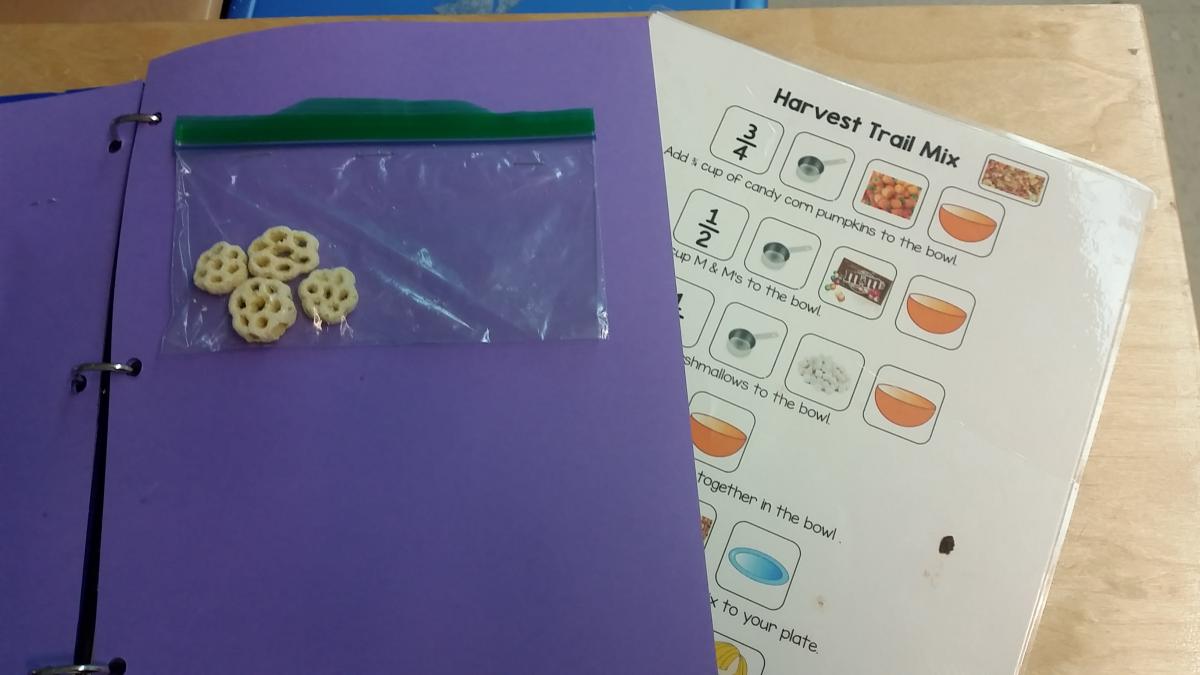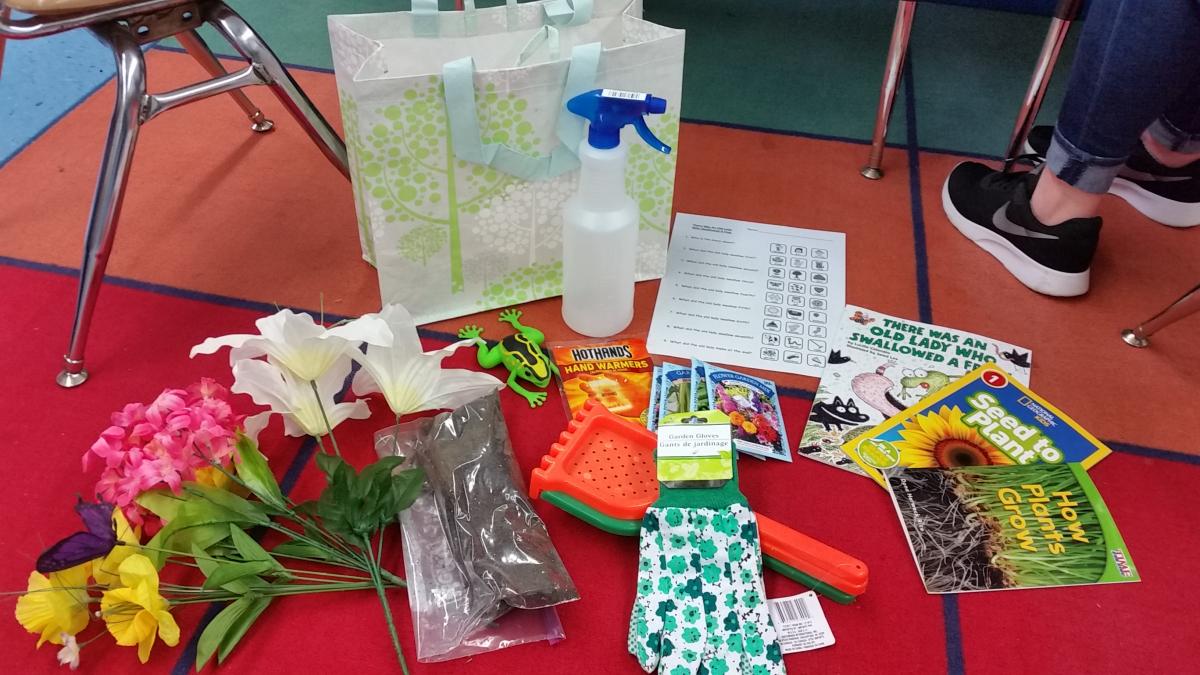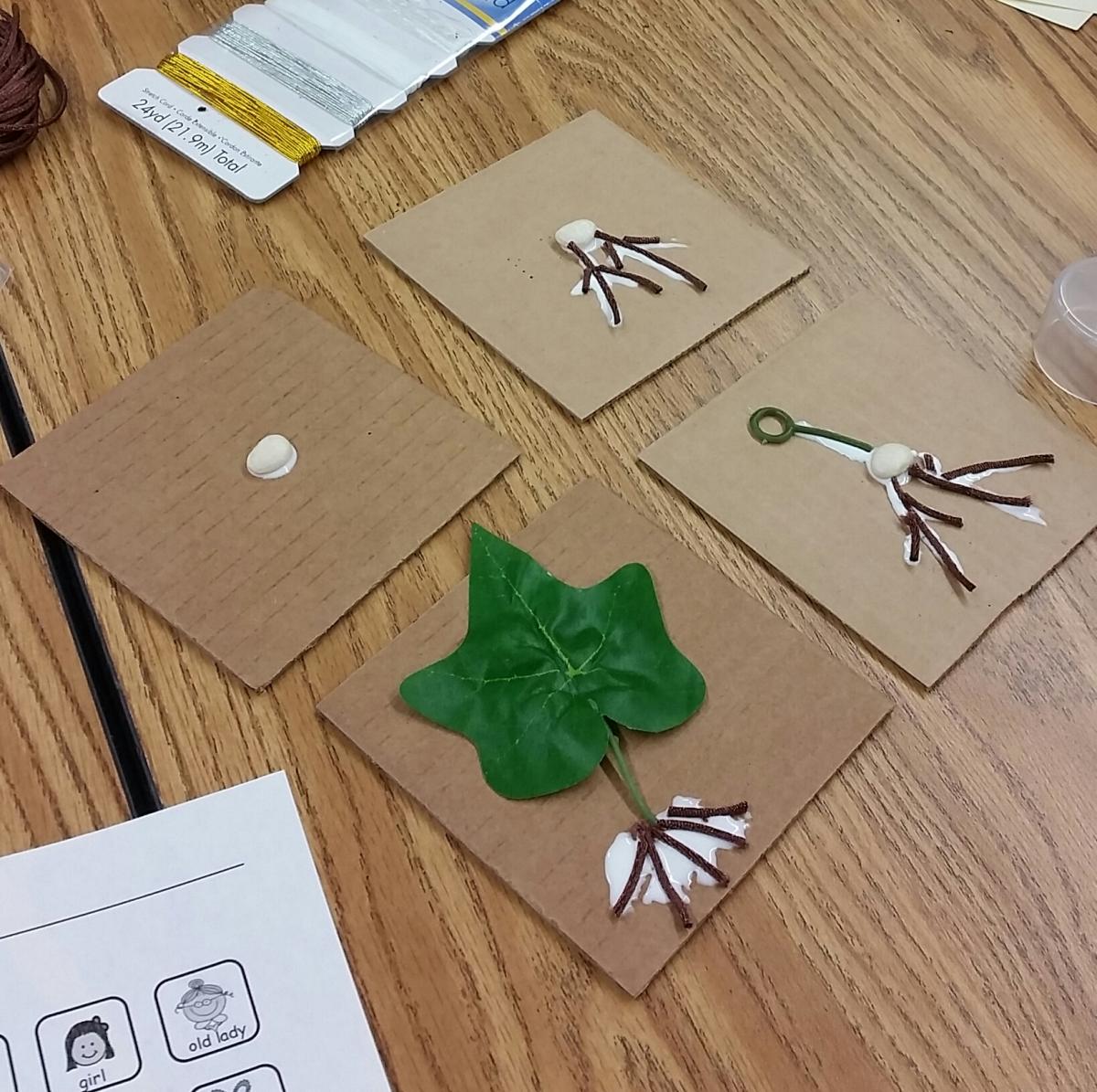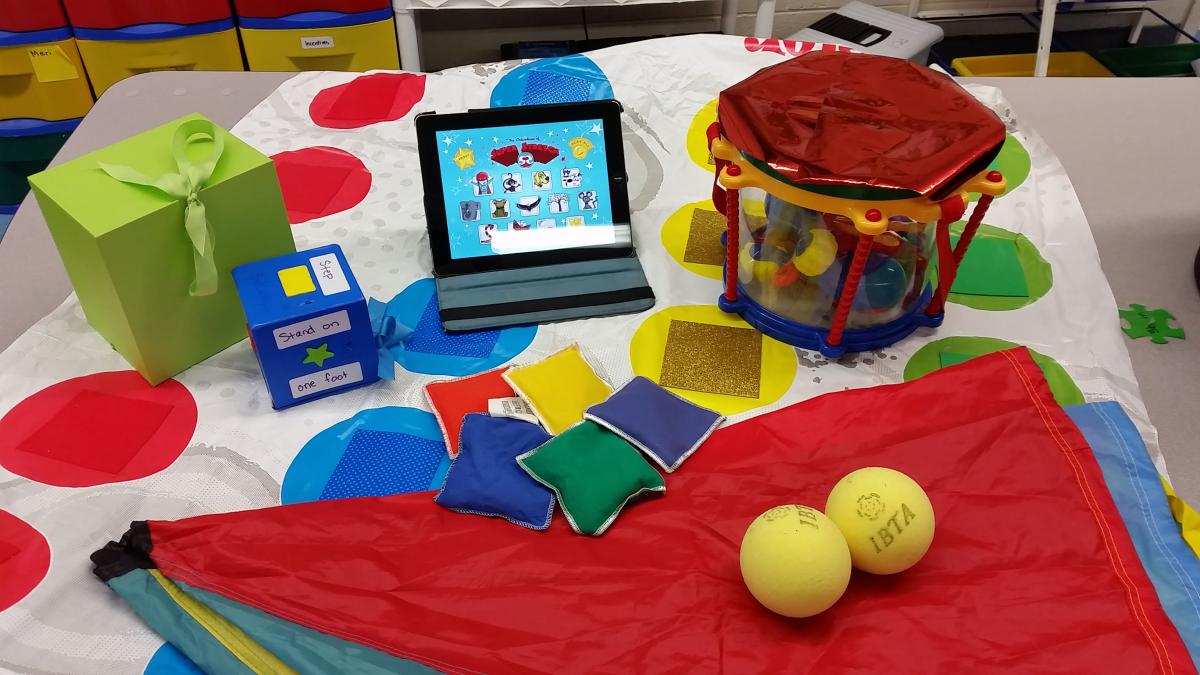Starting a PLN for Special Education Teachers
Submitted by Deedra Finch on Apr 03, 2017
 My name is Deedra Finch and I am an itinerant TVI. It’s also my 17th year of teaching (11 years special education, 6 years in both public and residential vision settings). My caseload consists of students who are visually impaired with additional disabilities at the elementary level. Most of my students were receiving their instruction from special education teachers who were serving students who participate in a modified curriculum. All of these teachers were certified special education teachers with between 2 and 10 years of experience. They all wanted to include their students with visual impairments during their daily routines and activities, were doing a great job, and seemed to want to know more. I knew they needed more vision specific training and I knew they were ready for it. So, I thought “why not bring them all together?” and the idea for our PLN (Professional Learning Network) was born.
My name is Deedra Finch and I am an itinerant TVI. It’s also my 17th year of teaching (11 years special education, 6 years in both public and residential vision settings). My caseload consists of students who are visually impaired with additional disabilities at the elementary level. Most of my students were receiving their instruction from special education teachers who were serving students who participate in a modified curriculum. All of these teachers were certified special education teachers with between 2 and 10 years of experience. They all wanted to include their students with visual impairments during their daily routines and activities, were doing a great job, and seemed to want to know more. I knew they needed more vision specific training and I knew they were ready for it. So, I thought “why not bring them all together?” and the idea for our PLN (Professional Learning Network) was born. Starting a Professional Learning Network
I enlisted the help of my colleague Lee Ellen Whitefield, COMS, to be my partner in developing the PLN. We invited four special education teachers that were serving students on our caseloads with visual impairment in a modified curriculum setting. (Districts have different names for these classes: Life Skills, Low Incidence, Modified Curriculum, CDC, etc.)
Using a group email and face to face conversations, we decided as a group that our first meeting would be an afternoon in October on a Professional Development day. This worked for everyone’s schedule and allowed for other staff meetings to be attended in the morning. Lee Ellen and I decided to focus on two main topics—literacy and movement (also our favorites!).
After receiving great feedback from our meeting in October, we decided to meet again during the spring semester. Using the same group email and face to face conversation format, we chose another date for our second PLN in February. We kept our focus the same and presented information that built on our previous PLN information about literacy and movement.
Making the Professional Learning Network Successful through Make-and-Take Activities
I think one of the reasons our PLNs have been so successful is because we always end with make-and-take activities. I know as an educator, when I devote time to professional development, I want something I can use as soon as I get back to school! It was important for us to be sure we were sharing information and activities that were appropriate not only for our students with visual impairment, but also relevant for the rest of the students they served. We scavenged most of the materials needed from the trunks of our cars (ha ha) and purchased the rest with our allotted school funds. Other PLN teachers helped out by bringing materials such as laminators and Velcro.
Make-and-Take Activities:
- Fall Trail Mix with a visual recipe and a Ziploc bag recipe book
- Smell Bottles using extracts and small containers
- “Story Box for Spring” including fiction and non-fiction texts, objects: dirt, seeds, gloves, rakes, water bottles, picture cards for pages of the book
- Tactile seed to plant cards
- Movement activities with a parachute for indoor or outdoor play
- Tactile Twister
Sharing Resources
We’ve also shared basic vision information, our “go to” resources, including www.pathstoliteracy.org and http://literacy.nationaldb.org/. Between PLNs, I try to share information about other activities and resources. A great example of this is when www.pathstoliteracy.org posted about the website www.justbooksreadaloud.com. I immediately forwarded the link to my PLN members because it is the perfect example of a resource that is relevant for both their students with and without visual impairments.
Building in Time for Networking
Another aspect of the PLN that has been very powerful is the time we take at the beginning of our meetings to enjoy lunch together and network. As TVIs, we understand what it is like to be “teaching on an island”. Teachers who work in modified curriculum classrooms sometimes feel this way, too. They are also usually the only one in a building providing service to this unique population. Having time to discuss new initiatives, behavior issues, data collection, etc. is important to all of us and has definitely strengthened our group.





Comments
PLN
PLN